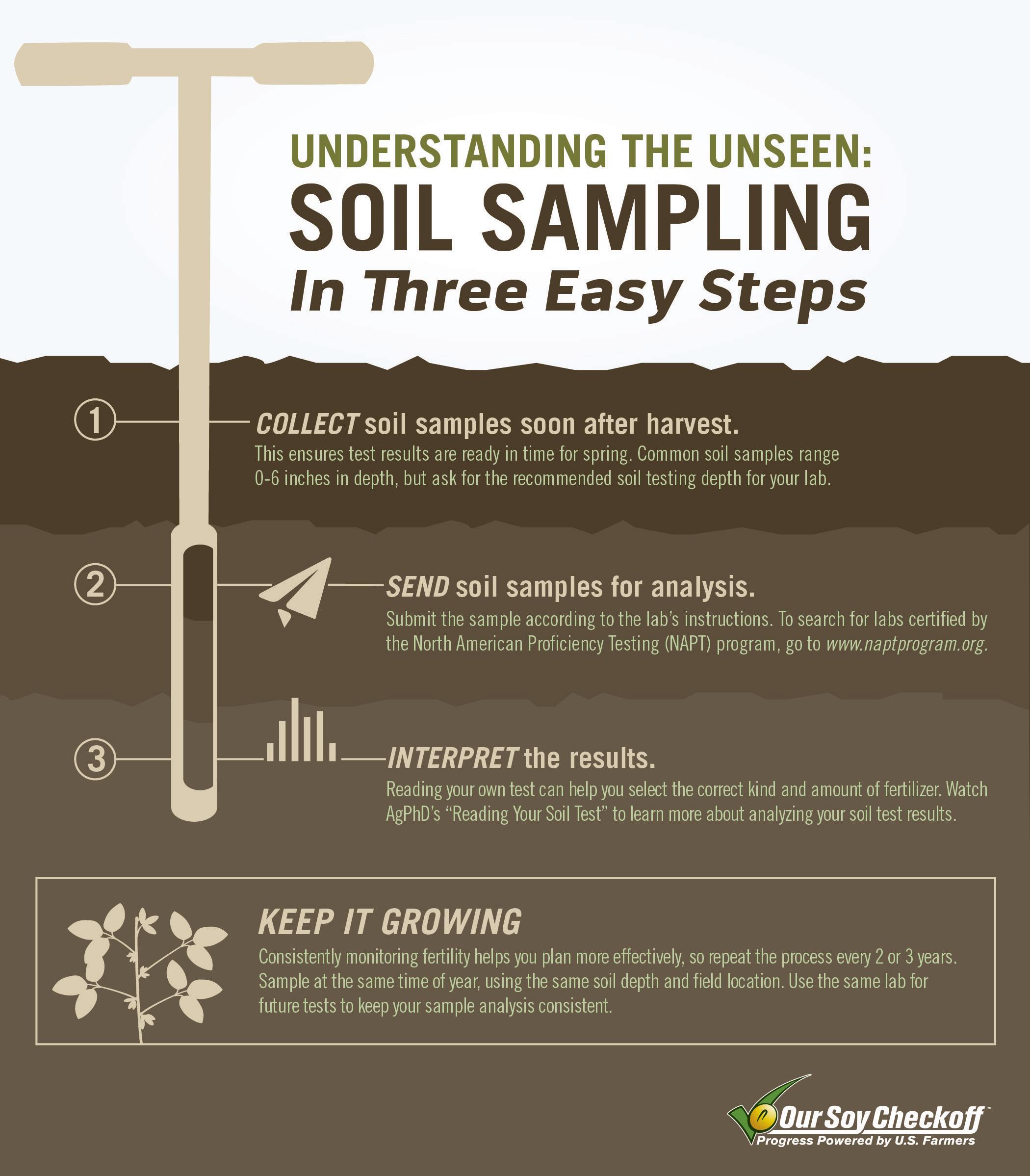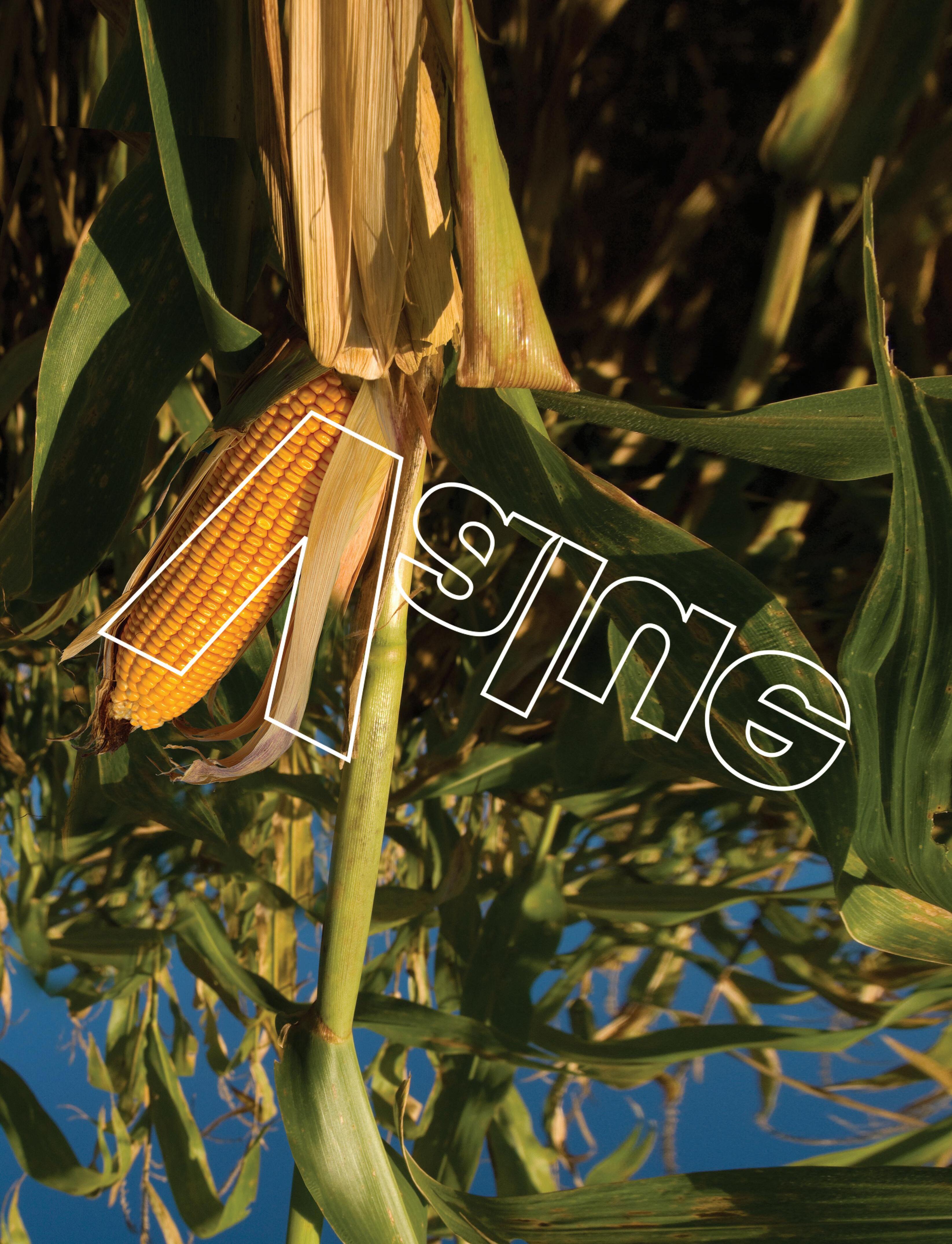
























There are plenty of look-alike seed treatments out there, but don’t let them fool you. With CruiserMaxx® Vibrance® Beans* you get the industry-leading combination of fungicides and insecticide. Nothing else protects your soybeans while boosting root health and yield with the same kind of power. To learn how that helps you win at harvest, talk with your local Syngenta retailer or visit SyngentaUS.com/CMVB.









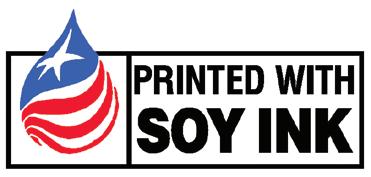
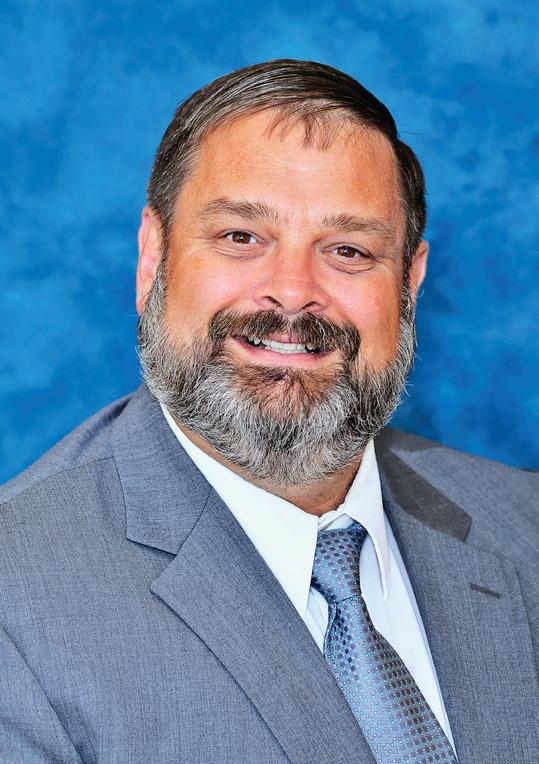
Todd Hesterman
Ohio Soybean Association Chairman
Henry County soybean farmer
Fall is our most iconic season. It brings with it long harvest days and nights, along with a tremendous feeling of satisfaction when we see that final truck load leave the field. However, we all know some harvests are better than others and being in this business means occasionally weathering ups and downs out of our control.
Take for example the retaliatory tariffs China has in place on our number one export crop. When it became clear the tariffs would go into effect, the U.S. crop was already in the ground. While the Ohio Soybean Association (OSA) is grateful to the administration for its promise of $12 billion in aid to offset losses caused by the trade dispute, we will continue to advocate for free and open trade of agricultural goods to international markets.


With every challenge come new doors to open. There are opportunities all over the world to increase our exports, as well as opportunities here at home to ensure our industry has a bright future. Perhaps the greatest of these is the excitement and mobilization of our young leaders. On page 6 you will read about two young Ohio women who were chosen to travel to Washington, D.C., this summer and learn about the legislative process. We as agricultural organizations need to continue to nurture and guide these enthusiastic young people. We as farmers and leaders need to make ourselves available as mentors. Working hard to leave something better than we found it for the next generation is what we do. I love it and I know you do, too.
Have a safe and happy harvest!
Sincerely,
Todd Hesterman
Ohio Soybean Association Chairman Henry County soybean farmer
President
Allen Armstrong, Clark County
First Vice President
Scott Metzger, Ross County
Vice President
Ryan Rhoades, Marion County
Treasurer
Kerrick Wilson, Preble County
Secretary
Jennifer Wilson-Oechsle, Van Wert County
Chairman
Todd Hesterman
Trustees
Jerry Bambauer, Auglaize County
Trish Cunningham, Knox County
Bret Davis, Delaware County
Adam Graham, Logan County
Caitlyn Heimerl, Industry A liate Ex-O cio
Patrick Knou , Shelby County
Je Magyar, Ashtabula County
Je McKanna, Hancock County
Cindy Parker, Miami County
Derek Reusser, Holmes County
Je Roehm, Highland County
Luke Ryan, Lucas County
Andy Stickel, Wood County
American Soybean Association
Board Representatives
Jerry Bambauer
Bret Davis
Scott Metzger
Staff Credits
Kirk Merritt-Publisher
Jennifer Coleman-Editor
Julia Brown-Contributing Editor/Sta Writer
Kayla Weaver-Contributing Writer
Brent Warren-Art Director
Barry Falkner-Photo Quality/Proofer
Tony Green-Advertising Production
Ohio Soybean news is published six times a year by the Ohio Soybean Association, 918 Proprietors Rd., Suite A, Worthington, OH 43085. Phone: 614-476-3100. For address corrections contact Ohio Soybean News at 918 Proprietors Rd., Suite A, Worthington, OH 43085.
Web address: www.soyohio.org E-mail: cdeboard@soyohio.org
Comments and statewide news articles should be sent to the above address. Advertising space reservation must be made by the rst of the month preceding publication. In consideration of the acceptance of advertisement, the agency and the advertiser must, in respect of the contents of the advertisement, indemnify and save the publisher harmless against any expense arising from claims or actions against the publisher because of the publication of the content of the advertisement.
For Advertising Sales Contact:
Matt Herman- (612) 812-5833 matt.herman@dtn.com


The Ohio Soybean Association and Ohio Corn & Wheat Growers Association recently denounced executive action by Gov. John Kasich that will create needless hardship for Ohio farmers. After failing to convince even a single member of the Ohio General Assembly to support its legislative proposal to implement burdensome and unnecessary fertilizer requirements, the administration ignored the will of the legislature and signed an executive order in July that will take unprecedented power and control over how farmers farm.
“Farmers have adopted best management practices including nutrient management plans, have invested millions of dollars in research and education, and even supported reasonable regulations to address water quality,” said OCWGA Executive Director Tadd Nicholson. “For the administration to take a go-it-alone approach in imposing upon their businesses demonstrates a lack of respect for both the legislative process and our industry.”
In addition to the inappropriate use of executive action on this issue, the order increases the bureaucratic red tape and complicates the process of addressing water quality concerns in the Western Lake Erie Basin. It is also not clear that the most up-to-date, comprehensive science is being used to determine which watersheds are being targeted.
OCWGA and OSA are strong supporters of Ohio Senate Bill 299 and Ohio House Bill 643, bipartisan legislation signed in July that will invest significant new resources to protect water quality throughout the state. Initially, the administration unsuccessfully lobbied the sponsors of those bills to include onerous regulatory measures in their respective
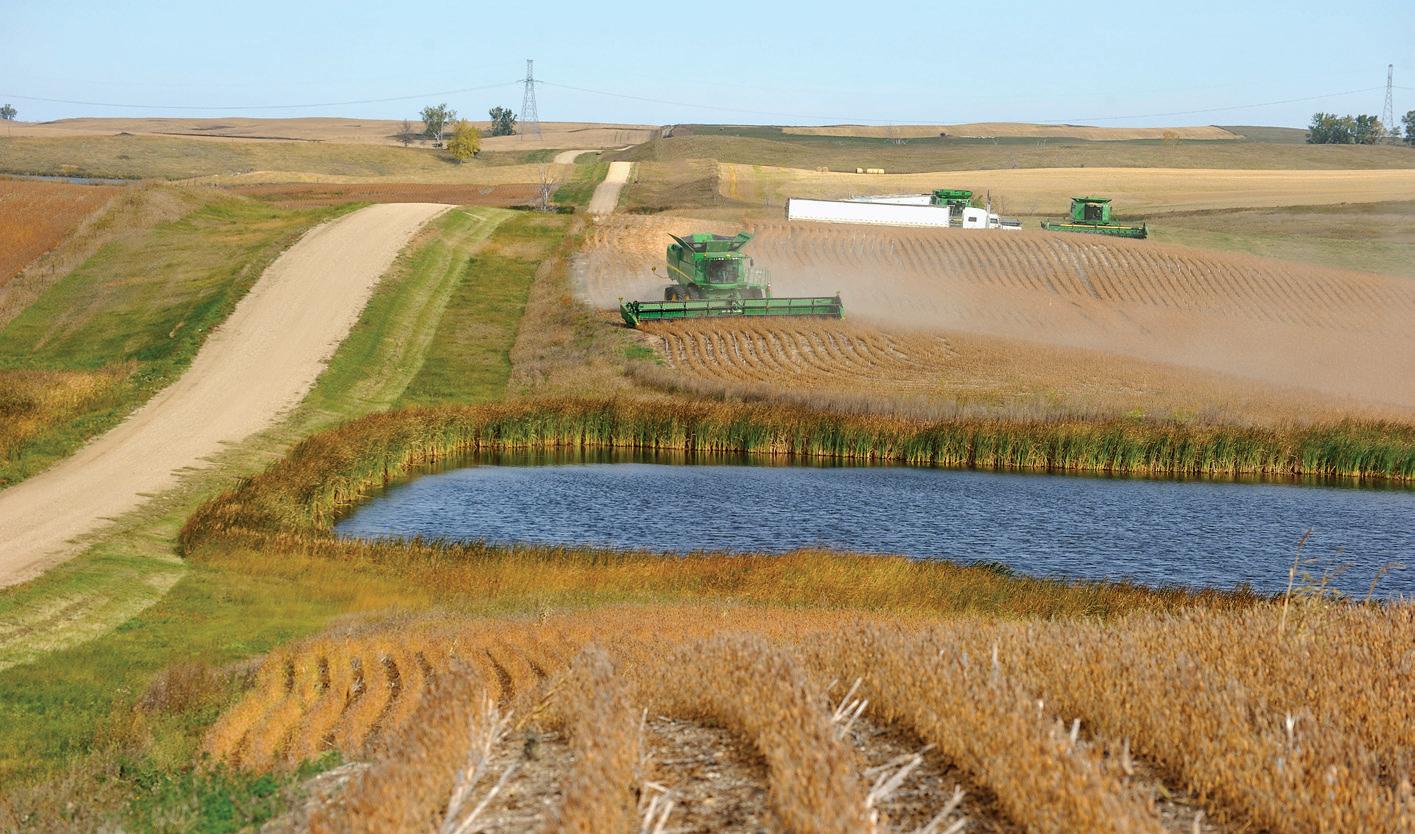
“Farmers are willing to do what needs to be done to solve this problem, but now we’re not even being invited to the table.” –Kırk Merrıtt
proposals. After being rebuffed by the legislature, the administration announced it would forgo the checks and balances provided by the legislature and pursue an executive order.
“Although Gov. Kasich has worked productively with our farmers in the past, the administration is now acting without our input,” said OSA Executive Director Kirk Merritt. “Farmers are willing to do what needs to be done to solve this problem, but now we’re not even being invited to the table.”
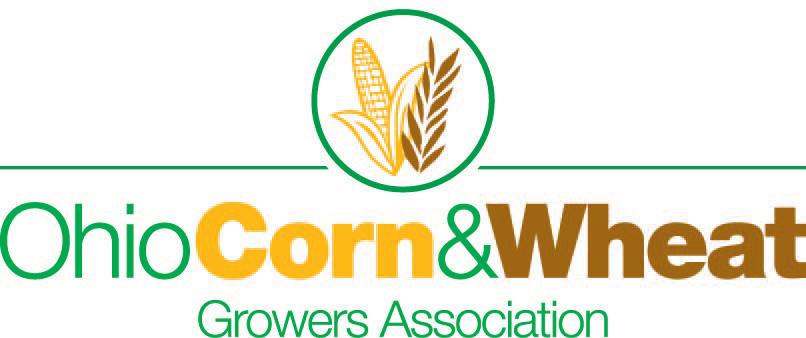
In recent years, Ohio farmers have implemented new best management practices on their fields to protect water quality while also funding research and education initiatives such as the 4R Nutrient Stewardship Certification Program, edge-of-field testing and an update of the tri-state fertility guide.
For more information about what Ohio farmers can do on their farm to protect water quality, visit formyfarm.com. u



By Julia Brown
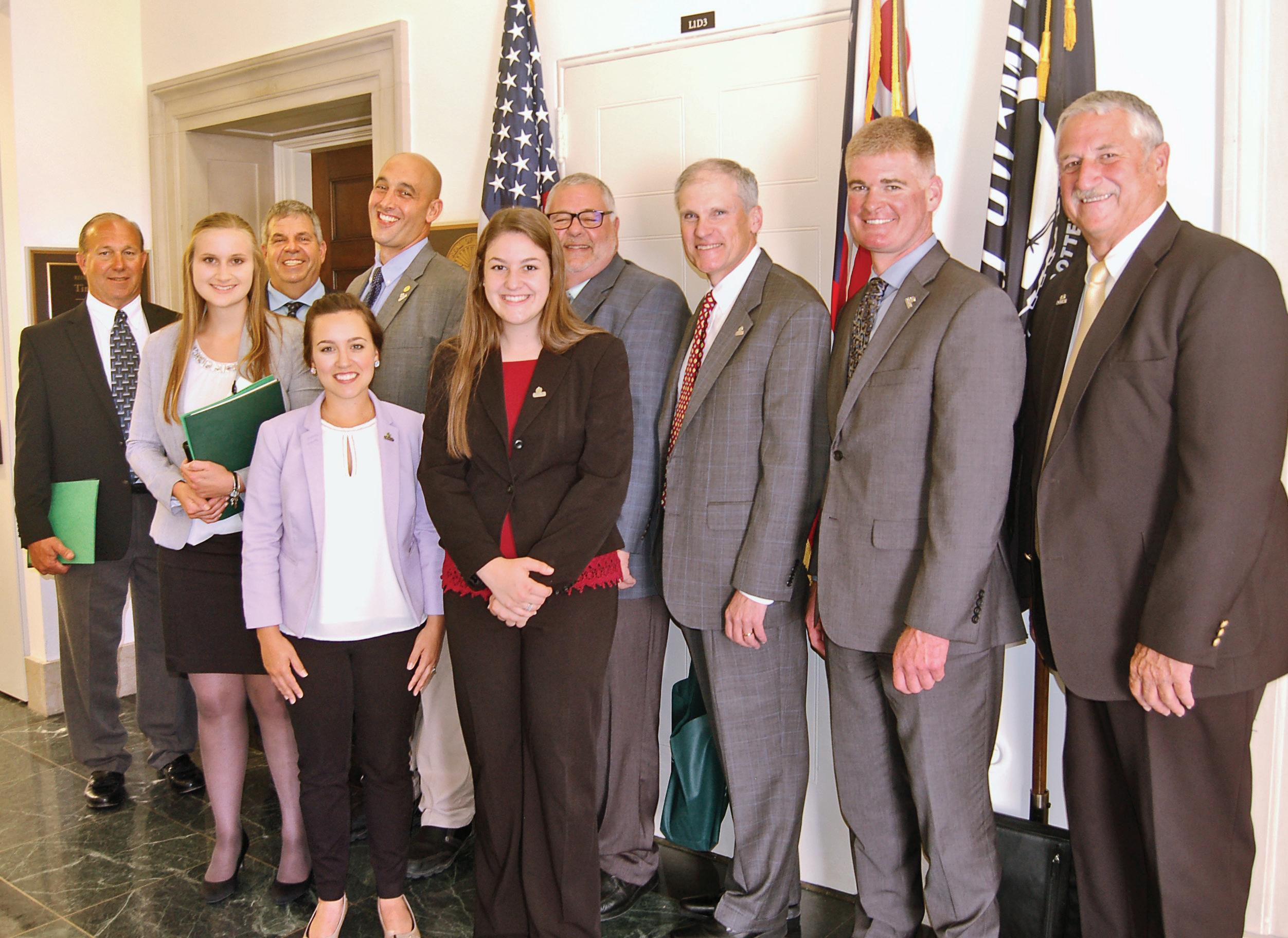
For the second year in a row, the American Soybean Association and Valent U.S.A. sponsored the Ag Voices of the Future program, which aims to educate college-age students about agricultural policy and legislation that directly impacts soybean farmers.
Sarah Lehner from Delaware, Ohio, and Courtney Heiser from Attica, Ohio, were members of the 10-person group that visited Washington, D.C., July 9-12. The trip coincided with the ASA Board Meeting and Soy Issues Briefing.
The Ag Voices of the Future program was created in 2017 to introduce young people with a connection to agriculture to the world of major policy issues and advocacy. The program also encourages young people to consider careers within agriculture associations and industry, as well as government regulatory and legislative positions.
During the trip, students met with staff from USDA and EPA, visited Capitol Hill with their state soybean associations and met with a senior staff
Back row: Allen Armstrong, Jeff Magyar, Ryan Rhoades, Bret Davis, Kirk Merritt, Adam Graham, Jerry Bambauer
member for the Senate Ag Committee and leaders from other national organizations. Topics of discussion included tariffs, NAFTA and the 2018 Farm Bill. The week concluded with
communications training session on modern agriculture at the CropLife America office.
Courtney Heiser comes from a family that raises soybeans, corn and wheat in Seneca County. She was heavily involved in FFA in high school, and is currently working toward an American Degree, the highest degree within the organization. Heiser will study agricultural communications at The Ohio State University Agricultural Technical Institute beginning this fall.
Sarah Lehner grew up on her family’s Delaware County farm that raises about 900 acres of soybeans, corn, wheat and hay. She also grew soybeans in high school on 20 acres of leased land from the Buckeye Valley FFA School Farm. Lehner will be a freshman at The Ohio State University in the fall, studying agribusiness and animal sciences.
“For me, the highlight of the program was interacting with members from my state association during our visits to Capitol Hill,” Heiser said. “I enjoyed seeing the passion they have for agriculture and enjoyed learning from them.”
most important to our industry,” Heiser explained. She urges other young agriculturalists to get involved and “ag-vocate” every way they can.
The need for agricultural knowledge in government is more important than ever — more than half of the U.S. population lives in one of the nation’s largest 39 cities. Only one of 435 districts in the U.S. House of Representatives is comprised of a rural population greater than 75 percent, according to an analysis of recent U.S. Census data, correlated with the 2012 Census of Agriculture. That means many people who work for Congressional staffs, regulatory agencies and services groups don’t come from an agricultural background and have limited knowledge of the needs of farmers.
how they could impact agricultural policy, but now both understand how to advocate for the farming industry. OSA board member Bret Davis was present at the Capitol Hill visits with Lehner and Heiser. He explained that programs like Ag Voices of the Future help show the next generation the other side of farming. “It makes them understand that your voice is heard — and what a difference it can make,” Davis explained. “When farmers show up in Washington, politicians get a better understanding of our needs. They get that we matter and we vote.”
Lehner hopes to carry the things she learned through Ag Voices of the Future throughout her career, playing a more active role in our government by talking to her representatives about issues facing the agricultural industry.
“The most important thing that I learned is that many of the people in Washington, D.C., passing laws and making policies that impact agriculture, have little-to-no firsthand experience in the industry.” – Sarah Lehner
These trips to Capitol Hill allowed both Lehner and Heiser to see the need for agricultural advocacy. “The most important thing that I learned is that many of the people in Washington, D.C., passing laws and making policies that impact agriculture, have little-to-no firsthand experience in the industry,” Lehner explained. “For this reason, it’s crucial that we advocate for our livelihoods and do everything we can to ensure that they fully understand the impacts of their actions on agriculture.”
“I also realized that farmers do not have time to advocate for themselves in Washington, D.C., so that is why we need passionate and educated individuals, like those who serve on the Ohio Soybean Association board to travel to Washington and educate our elected officials about the issues
“More and more, regulations that impact the ag industry are being directed by legislative and regulatory leadership many generations removed from the farm,” said Jeffrey Smith, industry affairs manager for Valent. "We believe the best way to ensure sound regulation is to encourage more young leaders with a practical understanding of ag production to consider careers based in Washington, D.C.”
ASA President John Heisdorffer, from Keota, Iowa, agreed. “It’s important that young people have an understanding of the policy issues that directly impact the productivity and economic well-being of our farms and the soybean industry,” he said.
Before the program, both young women had little understanding of
For Heiser, Ag Voices of the Future opened her eyes to potential career paths. “I have yet to declare a minor and I am highly considering political science,” she said. “If I don’t end up working directly for the government, I would like to stay involved with OSA and use my knowledge and passion for ag to continue to advocate and lobby for our farmers in Washington and here at home.”
The trip wasn’t all work, however. The group also took part in a guided tour of the National Mall and Memorial Parks, as well as a tour of the U.S. Capitol led by Congressman Rodney Davis from Illinois.
“I would like to thank everyone at the Ohio Soybean Association for allowing me to participate in the Hill visits,” Lehner said. “This experience really brought policy to life for me and gave me a whole new perspective on both government and agriculture.”
For more information on the Ag Voices of the Future program, visit www.soygrowers.com/learn/ ag-voices-of-the-future u
THE ANSWER IS
DO NOT APPLY DICAMBA HERBICIDE IN-CROP TO SOYBEANS WITH Roundup Ready 2 Xtend® technology unless you use a dicamba herbicide product that is specifically labeled for that use in the location where you intend to make the application. IT IS A VIOLATION OF FEDERAL AND STATE LAW TO MAKE AN IN-CROP APPLICATION OF ANY DICAMBA HERBICIDE PRODUCT ON SOYBEANS WITH Roundup Ready 2 Xtend® technology, OR ANY OTHER PESTICIDE APPLICATION, UNLESS THE PRODUCT LABELING SPECIFICALLY AUTHORIZES THE USE. Contact the U.S. EPA and your state pesticide regulatory agency with any questions about the approval status of dicamba herbicide products for in-crop use with soybeans with Roundup Ready 2 Xtend® technology. ALWAYS READ AND FOLLOW PESTICIDE LABEL DIRECTIONS. Soybeans with Roundup Ready 2 Xtend® technology contain genes that confer tolerance to glyphosate and dicamba. Glyphosate herbicides will kill crops that are not tolerant to glyphosate. Dicamba will kill crops that are not tolerant to dicamba. Roundup Ready 2 Xtend® is a registered trademark of Monsanto Technology LLC used under license.
Always follow grain marketing, stewardship practices and pesticide label directions. Varieties with the Glyphosate Tolerant trait (including those designated by the letter “R” in the product number) contain genes that confer tolerance to glyphosate herbicides. Glyphosate herbicides will kill crops that are not tolerant to glyphosate.
Pioneer® brand products are provided subject to the terms and conditions of purchase which are part of the labeling and purchase documents.
® , TM , SM Trademarks and service marks of DuPont, Dow AgroSciences or Pioneer, and their affiliated companies or their respective owners. © 2018 PHII. DUPPSY18035_VC_OSA



The Ohio Soybean Association (OSA) is now accepting applications for the 2018-19 DuPont Young Leader Program. The Young Leader Program, sponsored by Corteva Agriscience™ and the American Soybean Association (ASA), is a two-phase educational program for actively farming individuals and couples who are passionate about the future possibilities of agriculture. The women and men who participate in this program will be the leaders that shape the future of agriculture. Many graduates of this leadership training program assume roles on their state and national soybean associations. The seminar is an intense course designed to enhance leadership skills for the future benefit of the entire agricultural industry. The training is interactive and includes evening group meals and activities. Young Leaders and their spouses are expected to participate fully in all training aspects and evening activities. Phase I of the 2018-19 Young Leader program will take place in Johnston, Iowa, Nov. 27-30, 2018. The program continues Feb. 26-Mar. 2, 2019 in Orlando, Florida, in conjunction with the annual Commodity Classic Convention and Trade Show.
OSA is looking for innovative soybean farmers interested in growing their existing skills for future leadership positions. Applicants must show strong leadership qualities demonstrated through production/marketing of soybeans and community activities. They must also be active supporters of agriculture with an interest in serving as a soybean industry leader. Candidates should also have a history of natural resources stewardship using best management and conservation practices. Participants must be at least 21 years old and members of OSA.
The deadline to apply is October 1. To apply, please visit soygrowers.com/ learn/young-leader-program . More information can be found on ASA’s website or by emailing Emilie Regula Hancock at eregula@soyohio.org u
Ohio’s 2017 Young Leader representative was Justin Cowman from Wilmington. He is pictured here with ASA President John Heisdorffer and Alyssa Sundell, strategy and engagement manager external affairs, Corteva Agriscience Agriculture Division of DowDuPont.
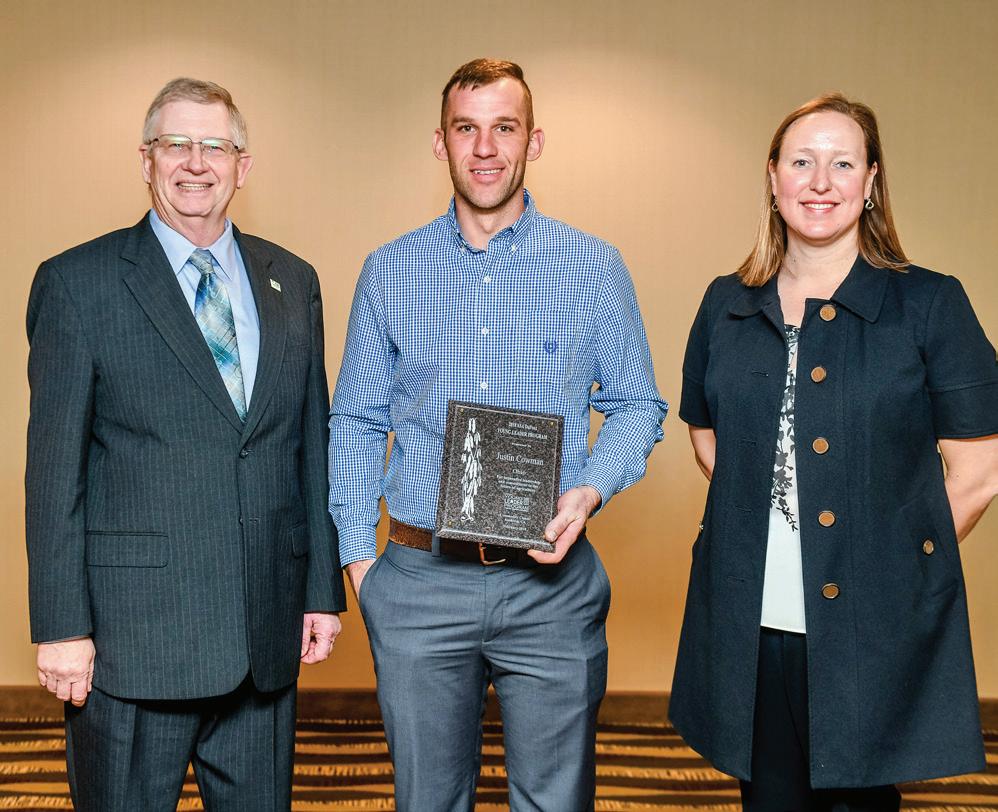












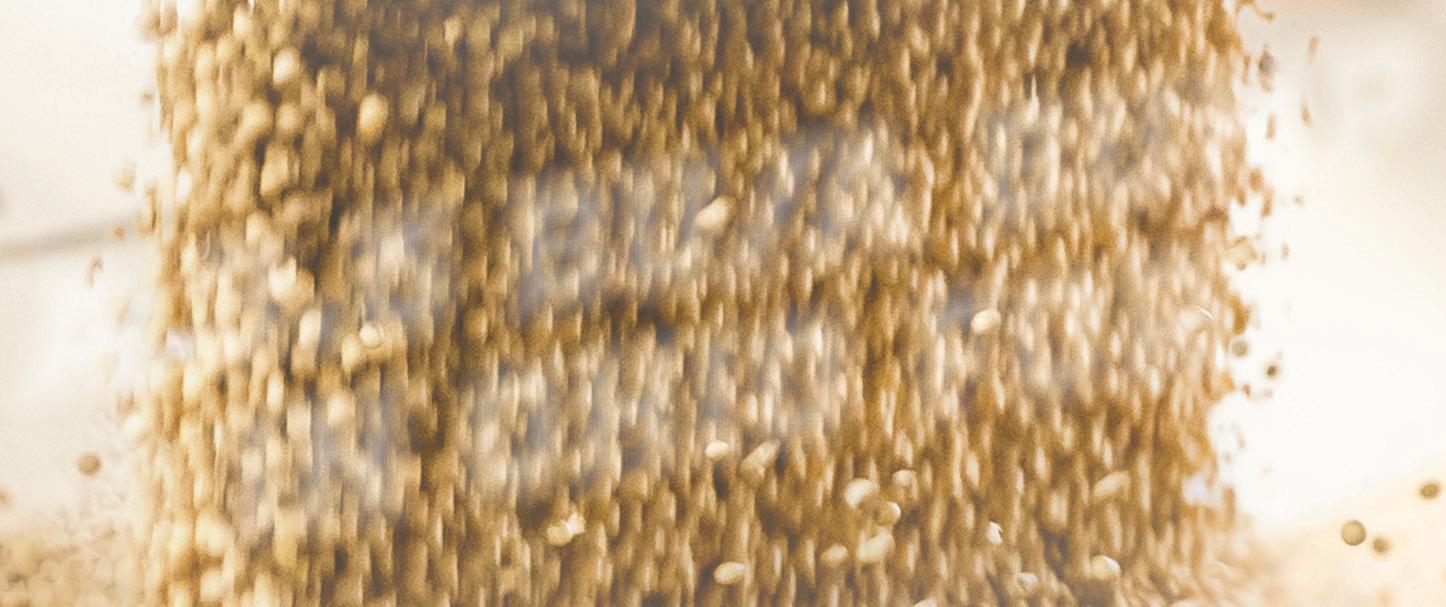
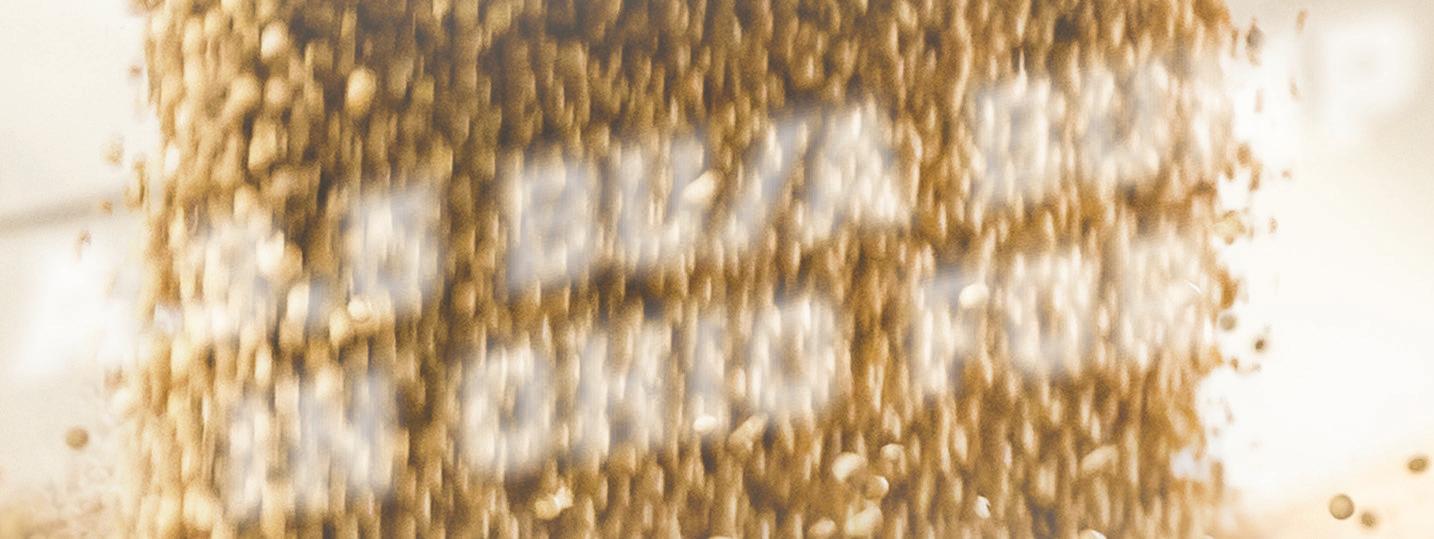





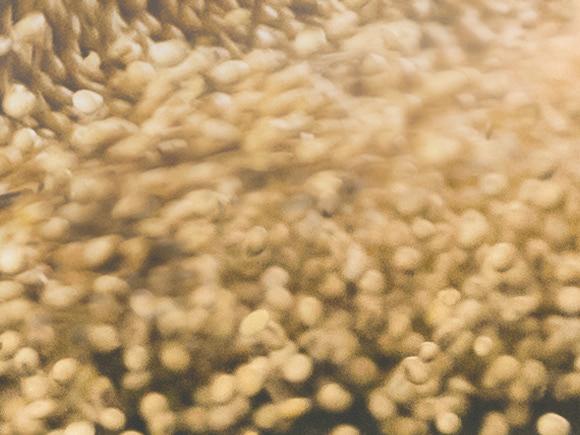






























By Julia Brown
Since China — the largest importer of U.S. soy — announced its plans for retaliatory tariffs for the United States in April, soybean growers have been in a kind of limbo, unsure of how exactly the tariffs will affect this year’s prices. But the numbers are starting to come in. Soybean futures on the Chicago Board of Trade dropped 14 percent in June, the largest loss in four years.
Current soybean prices are falling below $8.50 per bushel, which is far below the $9.70 break-even price for producing soybeans, according to Sam Custer, Darke County OSU Extension educator. For Ohio, this would account for a decrease of roughly $241 million in the value of soybean exports, according to a report from The Ohio State University. This drop in demand is sharply contrasted by a healthy supply — U.S. farmers planted one of the highest soybean areas on record this year.
would be distributed three ways: Direct payments to farmers to offset lower prices resulting from retaliatory tariffs, direct commodity purchases by USDA, and funding for a temporary program similar in purpose to the current Market Access
“The best answer is more markets … Farmers want trade, not aid.”
But with no end to the tariffs in sight, Ohio farmers are left to deal with the brunt of the economic fallout. Some help comes in the form of a $12 billion relief package, which
Soybeans are the top U.S. agricultural export to China, with the trade worth $12.7 billion in 2017. Many are exported through ports like the Port of New Orleans.
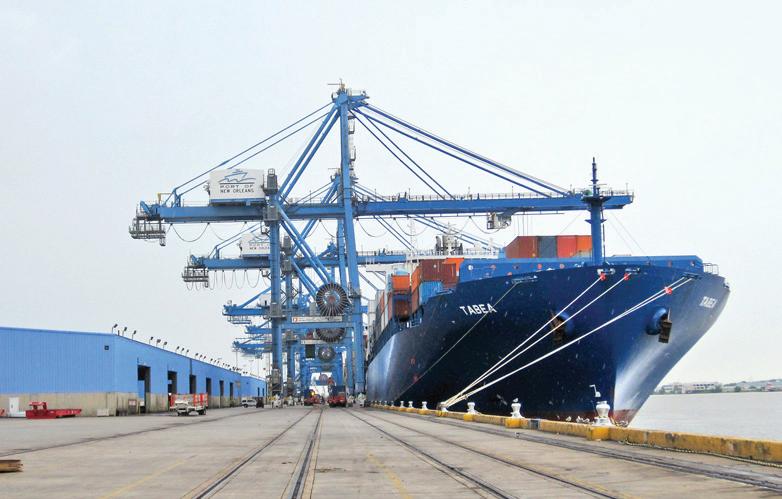
Ohio Republican Senator Rob Portman
Program (MAP) and Foreign Market Development (FMD) programs. The aid is meant to be a temporary solution for farmers that will simultaneously give officials time to negotiate.
According to Ohio Republican Senator Rob Portman, farmers may lose long-term access to foreign markets if the trade war continues. “The best answer is more markets,” Portman said about the aid program. “Farmers want trade, not aid. But for the short term, this will help get some farmers through a difficult period. One would hope we would be able to work something out with China during this interim period.”
Ohio Democratic Senator Sherrod Brown has said tariffs are
necessary to combat unfair Chinese trade practices and will secure American jobs in the long run. Sen. Brown does believe, however, the tariffs should be more direct. “I want them to focus on China, and I want to make sure that we don't play off farmers. I said this to the President in my first letter to him back when he was just President-elect in November of ’16, don't play off farmers against industry, don't play off farmers against a steel worker or a chemical worker in the Ohio Valley," Sen. Brown said.
Members of the Ohio Soybean Association traveled to Washington, D.C., in July to educate Ohio’s members of Congress about the importance of the soybeans for Ohio’s economy and how these tariffs could affect Ohio’s farmers. On a national level, the American Soybean Association continues to advocate for free trade and open markets. ASA is calling for a longerterm strategy to alleviate mounting soybean surpluses and continued low prices, including a plan to remove the harmful tariffs. u
Ryan Rhoades
Marion County, Ohio
Before the tariffs, we were at 67 percent sold on corn for 2018 and for soybeans we were at 48 percent sold. The average price per bushel for corn sold was $4.19 and $10.25 for soybeans. As it stands, today the current market price for this December, sold corn is $3.61 at Poet Biorefining-Marion, OH (Ethanol Plant). For soybeans in October delivered to Smithfield Grain Morral, OH, the price is $8.13.
When you do the math there are 51,000 bushels we have left to sell if we have a good crop. So we are potentially seeing a loss of revenue at $108,120 for soybeans. For corn, the loss is roughly $31,000 on those remaining bushels unsold.
I cannot stress enough that if this continues and our export markets evaporate, young producers like myself WILL NOT have much of a future in production agriculture.
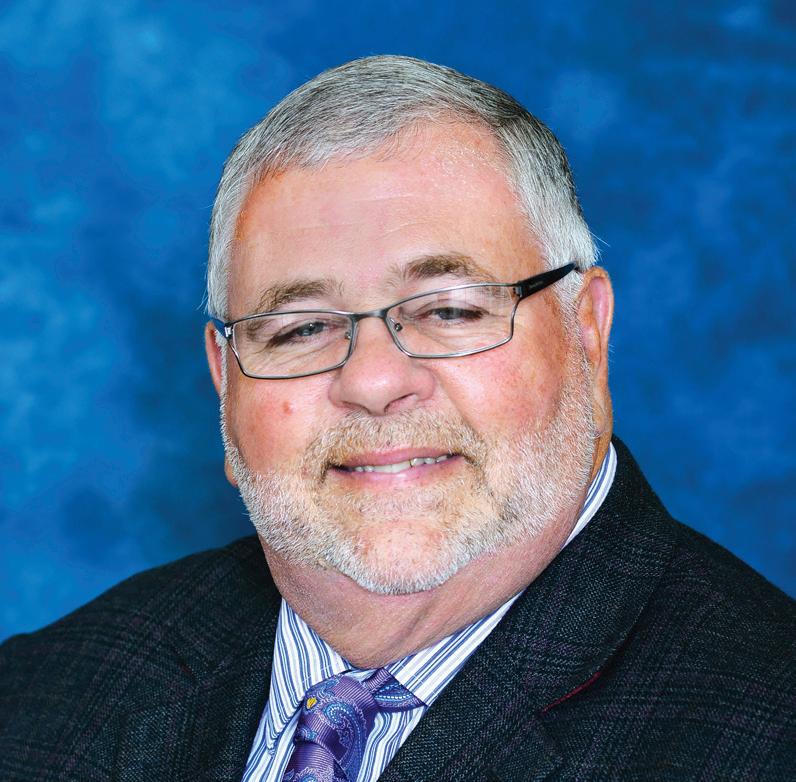
Jeff McKanna
Hancock County, Ohio

I am a fifth-generation farmer in Delaware County, Ohio. I got into farming out of high school by going into business with my uncle and father. We currently farm 3,400 acres in Delaware County, Ohio. For 2018, we planted 1,630 acres of soybeans.
We've already seen a direct impact of the tariffs. We've lost about $200,000 in equity for the growing soybean crop in the last 60 days because the price is at or below production price. Long term, if we don't have open markets, we won't have the ability to market crop for the next five to ten years because of market uncertainty. We appreciate the Administration's efforts on the assistance package, but we don't want a hand out — we want a free market to sell our crops. If the farming economy isn't profitable, less can be spent in the community, like with local businesses, 4-H, FFA and other donations.
I am a fourth-generation farmer with farms in Allen, Hancock and Putnam counties, where my family has farmed since 1906. This year, I planted 325 acres of soybeans. I would estimate that the tariffs will cost me about $80 per acre in revenue, meaning that I stand to lose $26,000 for our farm this year. The tariffs and the potential trade war create an environment of uncertainty, and therefore longer-term planning is put on hold or done with great reservation. I remember the long-term impact of the 1980 Grain Embargo and what happens when markets are disrupted in a substantial way.



Thinking about renewing your Ohio Soybean Association membership?
Interested in joining OSA for the first time?
Be sure to visit the Ohio Soybean booth at Farm Science Review September 18-20 at the Molly Caren Agricultural Center in London, Ohio. Renew your membership or become a member of the Ohio Soybean Association during Farm Science Review and receive $20 off the membership rate. Offer only valid in-person at Ohio Soybean’s booth at 441

The 80-acre exhibit area at Farm Science Review allows visitors and exhibitors to experience all aspects of agriculture production.
Friday Ave. (on the corner of Friday Ave. and Tractor St.).
For more information about OSA membership or this special promotion, please contact Emilie Regula Hancock by email at eregula@soyohio.org or visit www.soyohio.org/association/ membership u




Yield winners in Delaware compare experience with other high oleic farmers
In Delaware, high yield and high oleic soybeans are synonymous. State yield winners in full-season and doublecrop soybeans the last two years grew high oleic varieties. Despite tough weather conditions throughout the growing season — dry or wet fields — high oleic soybeans produced the high yields that propelled these farmers onto winning this competition.
“They’ve been very good drought-tolerant beans so we have been happy on dry land, especially, with this year’s crop,” says 2016 double-crop yield winner Kevin Evans, a Bridgeville, Delaware, soybean farmer.
That success extends beyond Delaware. Since their introduction in 2013, farmers across the high oleic growing region — from Virginia to Nebraska and 10 states in between — have been pleased with the overall performance of their high oleic variety choices.
“These beans make more money than conventional beans: It’s that simple,” says soy checkoff farmer-leader William Layton from Vienna, Maryland. “They're easy to take care of, and you get paid more for it.”
farm, the yields are very competitive in comparison to growing regular soybeans.”
On top of that, high oleic soybean contracts come with a processor-paid premium, which was a draw for Mark Collins, who won the Delaware soybean yield contest in 2017.
cents more a bushel, that’s $45 more per acre for comparable cost,” says Collins, who grows soybeans and watermelons in Harrington, Delaware.
Elevators offer high oleic premiums because of the profit they can make by selling the oil. As an oil, high oleic is free of trans fat and lower in saturated fat. It’s also more stable, offering a longer fry life and neutral taste profile. This opens multiple new markets in the ever-changing food industry. The high-quality oil is in demand in the food industry, which means increasing profit potential for farmers growing high oleic.

“If my neighbor is considering making the choice to grow high oleic soybeans, the first thing I do is reassure them that the transition between those beans and commodity ones is fairly simple,” says soy checkoff past-chair John Motter, who grows corn, wheat and soybeans in Jenera, Ohio. “On my
With the average conventional soybean yielding 50 bushels per acre, the high oleic soybeans Collins grew produced exceptionally higher yields. “If I’m getting 80 bushels or even 90 bushels to the acre from high oleic varieties, and this year they paid me 50
As harvest time approaches and farmers begin thinking about seed for next year, Evans encourages them to explore their options. “Take a strong look at high oleic soybeans. Think about the long-term advantages more than just the short term.”
Growing high oleic soybeans is an opportunity to make money today, while investing in the future of the path of soybeans.
“We can do anything with soybeans, from burning it in our fuels to heating homes, from cooking our fried foods to making lubricants, even making tires. We have so many opportunities beyond just feeding animals when we grow soybeans. It's really a remarkable crop,” says Motter.
To learn more about high oleic soybeans as well as the abundant uses for them, visit www.soyinnovation.com u


Bill Bayliss – Logan County
Our beans look absolutely wonderful — I don’t know how they could look much better at this point. It appears to be as good a year as I could ask for in my area. I’ve seen bean plants that look beautiful and have a couple inches of new growth on top with blooms. We farm in three different counties and it all looks pretty good, but around home is almost perfect.
Our rain came about a half inch to an inch at a time, we had maybe one two-inch rain all summer. We were a little dry about the middle of June, just when you want to be, so the roots set deeper. Generally, about 20 miles around here things look good, but I’ve talked to some other folks that aren’t as fortunate this year, so we’re thankful for the blessings and know that next year might be the opposite.
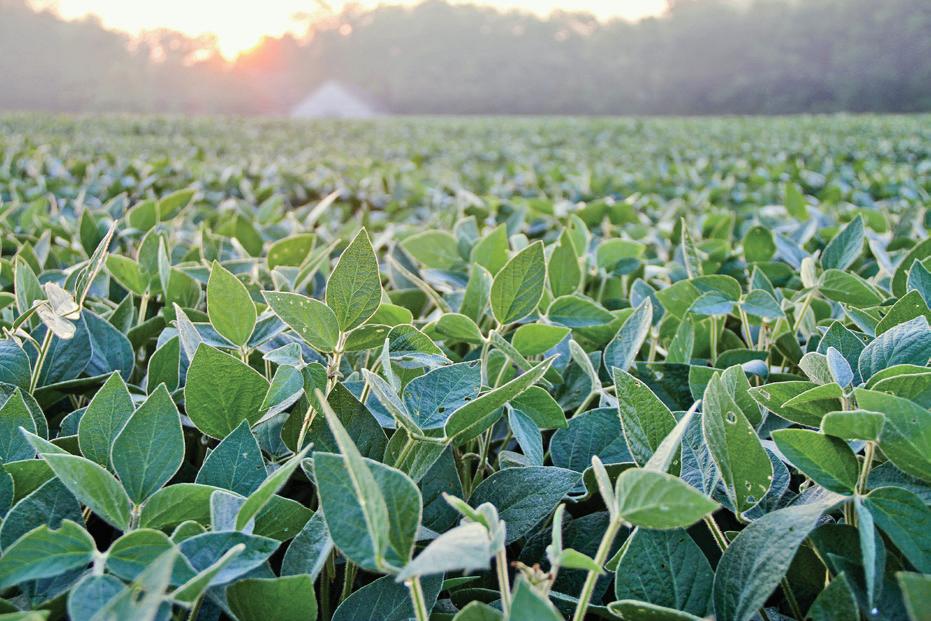
Weed control worked very well. There’s an occasional weedy field, but most fields look clean. With insect pressure we started to have some problems, but a lot of operations sprayed fungicide and insecticide with a plane the beginning of August, so we’re really just about picture perfect.
Bill Bateson – Hancock County
My early-May planted beans are in really good shape and the pods are set on those. The later-May beans are
flowering and the pods coming on are looking really good, too. Our moisture is excellent in my area of southern Hancock County. We’ve had not a lot of rain at one time — just a tenth or two.
However, I know the rains have been spotty for others; you don’t have to go more than 10 miles and they have not had the rain we have. Now we’re just looking for a few inches of rain in August to finish things out.
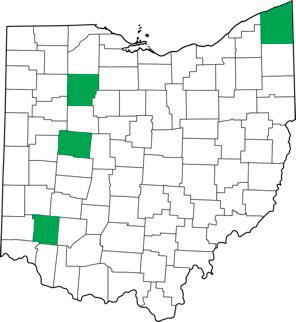
Disease pressure has been low. Normally I would spray some plant health fungicide and insecticide, but I didn’t see a need for it this year. I haven’t done a pod count yet, but there’s minimal weed pressure. If these rains continue, we could see a little more, but I don’t think there will be enough to get back out there and spray until after harvest.
The early-planted beans are looking good, but then we got rained out and after that it got dry in our area. Some beans waited a week for water to germinate, but now they look pretty good. If you weren’t done by mid-June, you had to wait until July. I was surprised how many people were planting into July and those late beans are just now starting to take off.
We don’t have much weed pressure and the beans are pretty clean. A lot went in the last part of June. Those late planted beans are going to have to have a perfect August to have a decent harvest.
The early-beans look really good, and if people have any, it may mean an early harvest.
Amy Davis – Warren County
The beans around here look really good. We were a little slow getting them in, in some cases. Rain was spotty and there’s been weed pressure we had to deal with. Those of us that spray are in good shape and those who had non-GMO have some weed pressure.
We’ve had sprinkling rains that keeps the leaves washed off and keeps the surface soil damp. We really haven’t had a gully washer. I know it’s been spotty from folks commenting about how much they got and where they haven’t had any rain.
From driving around and looking at the crops, they look good. It’ll probably be a normal harvest, but it depends so much on the temp and rains we get in the next couple weeks. That could slow down the drying out. u

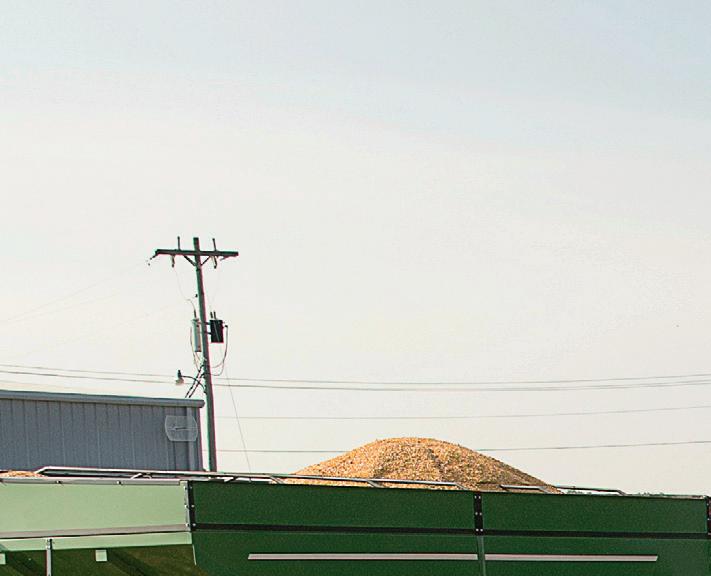


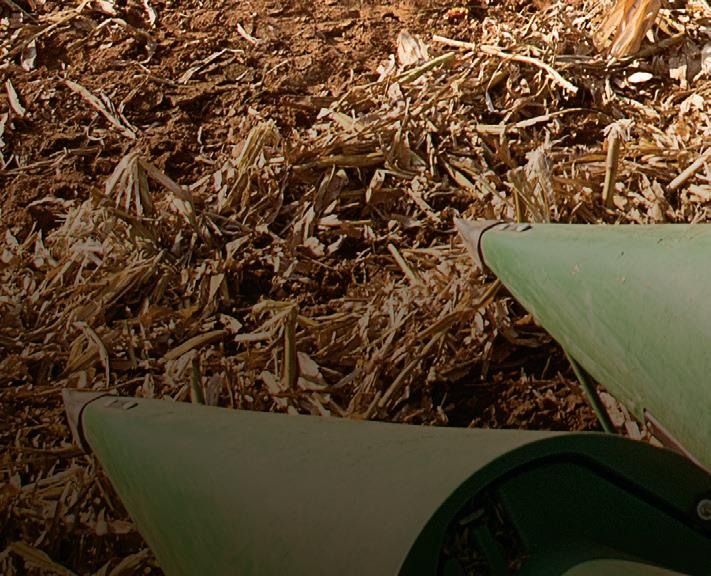







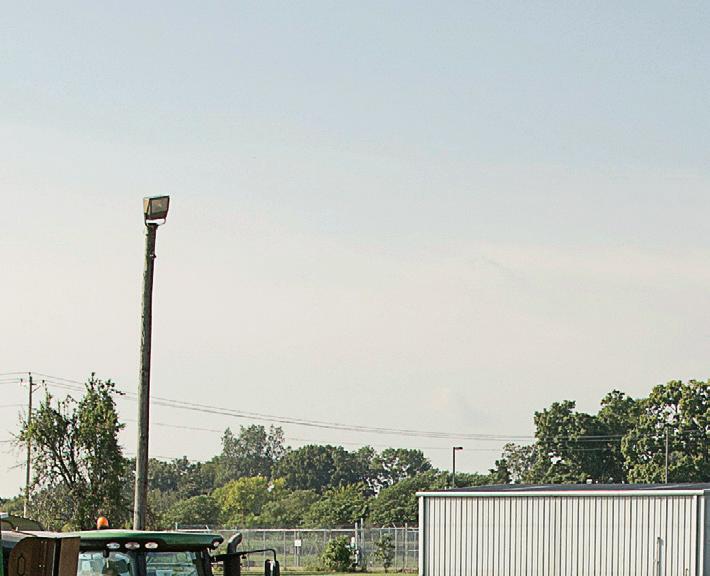





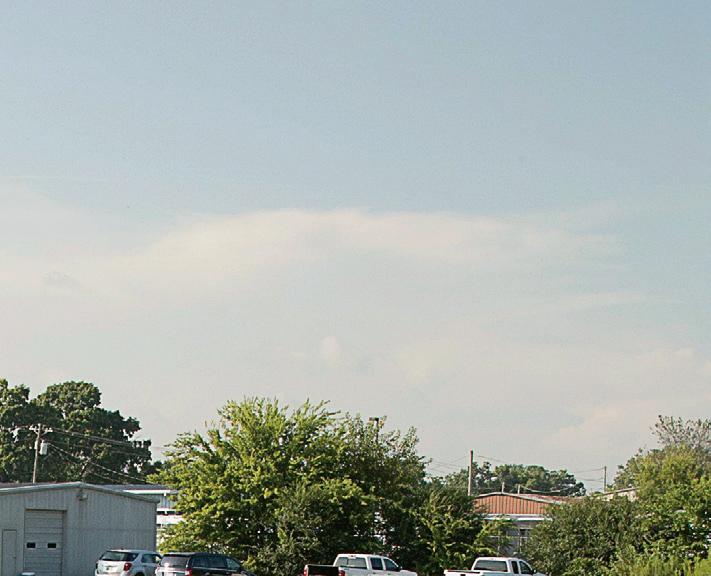






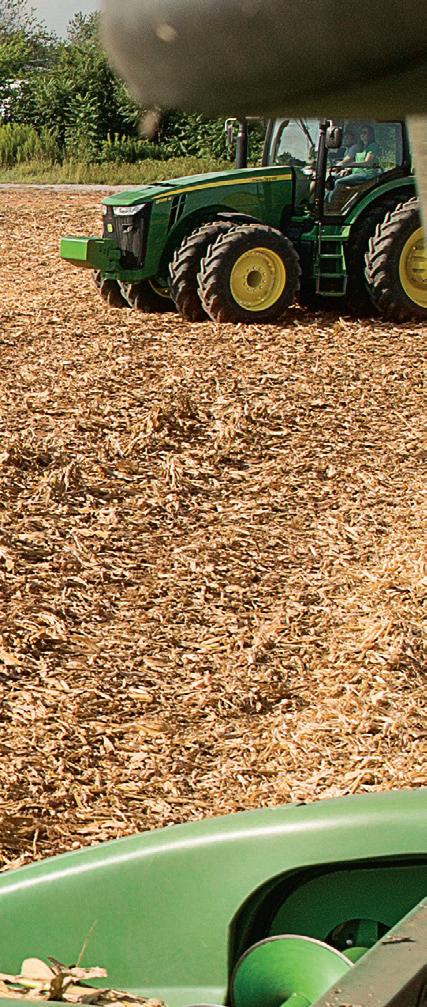
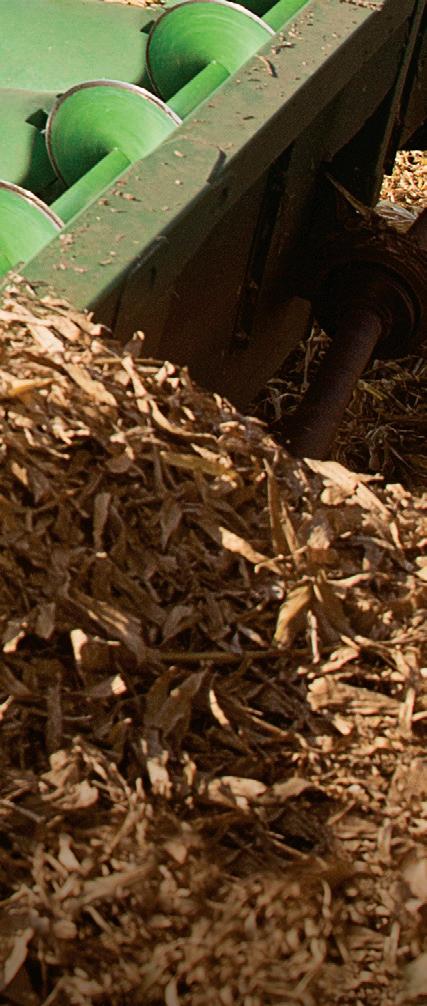



We strip band all of our fertilizer. We’re using soil tests. We’ve reduced our use of commercial fertilizer substantially, and we also use cover crops. About 90 percent of our acres are no-till. It’s amazing the results we’ve seen in soil health, soil fertility, our reduced fuel, our reduced tillage. We found that we could implement these practices effectively and efficiently and that our bottom line will benefit.
– Andy Stickel Wood County, Ohio


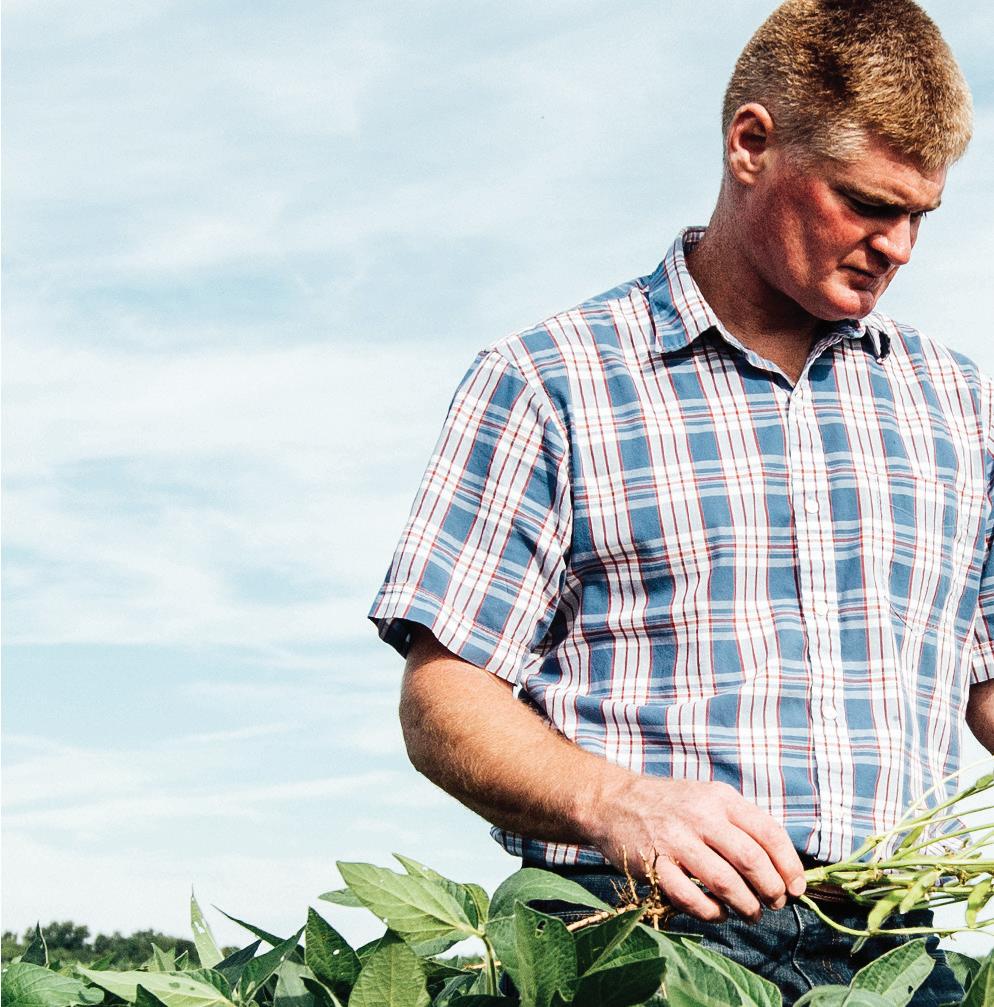








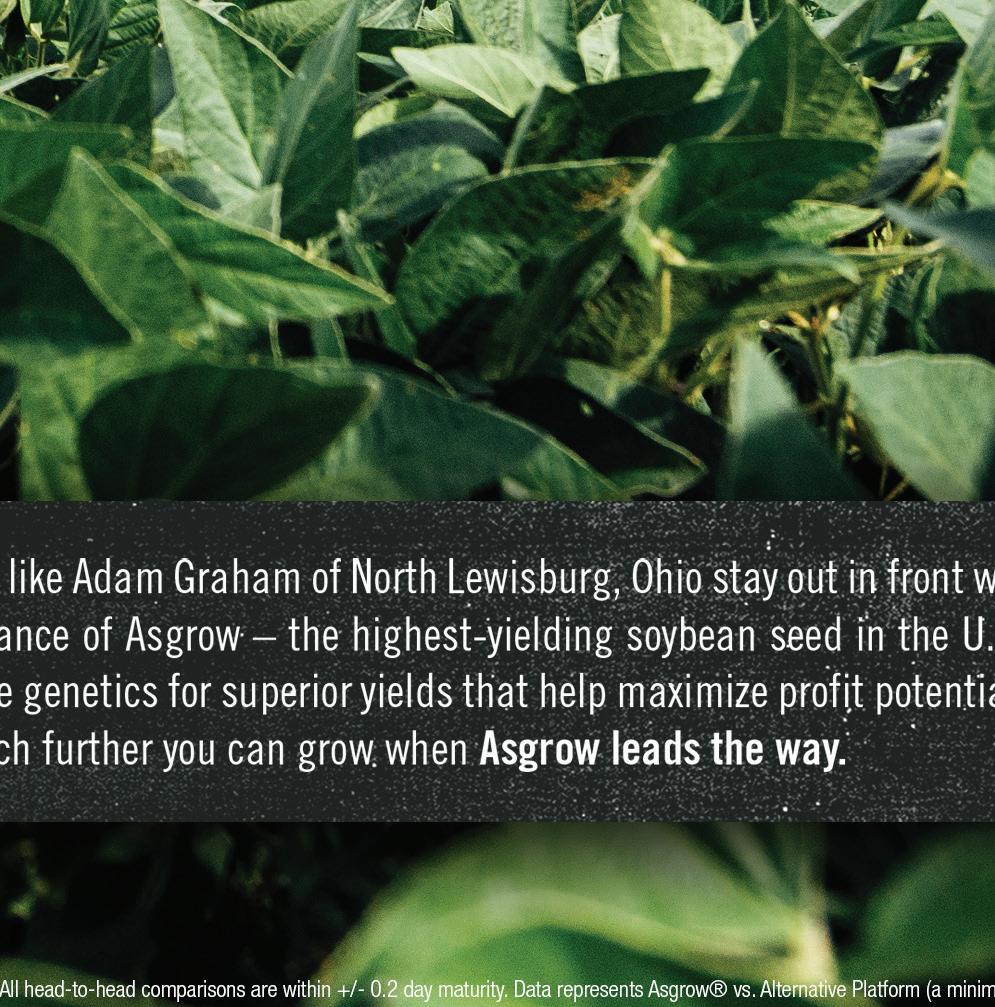






The Ohio Soybean Council (OSC) is excited to welcome Julia Brown to the staff as Communications & Project Coordinator. In this role she will be responsible for content creation, editorial writing and editing, event management, digital marketing and social media outreach to both farmers and consumers.
“Julia is a great addition to our staff and I’m happy to welcome her to the team on behalf of the entire board,” said Steve Reinhard, OSC chairman. “I really look forward to working with her.”
Julia is a recent graduate of the Ohio University E.W. Scripps College of Communication with a Bachelor of Science in Journalism. While attending Ohio University she wrote for Thread magazine and served as Copy Chief and Deputy Editor for Southeast Ohio magazine. Julia is also a former web correspondent at the Scripps College of Communication Dean’s Office and public relations assistant for the Kennedy Art Museum.
Julia grew up in Sunbury, Ohio where she graduated from Big Walnut High School. u
As fall colors pop up across the landscape, producers may feel like their crops have made it across the finish line and the hard part is behind them. However, as soybeans reach maturity and begin to dry for harvest, farmers should be mindful of potential areas of preharvest and harvest loss of grain.
Laura Lindsey, assistant professor of soybean and small grain production at The Ohio State University offers her top five considerations to make the most of your harvest season.
The R8 growth stage is when the plant is physiologically matured, with 95 percent of the pods at a mature color — either brownish or grey, depending on the variety. When farmers see the pods changing color it’s a good indication that harvest is near, but there are other factors to evaluate before starting up the combine.
Sometimes when pods reach the mature color, the stem stays green. When farmers go out to look at maturity, the R8 growth stage is only based on the pods, you have to train your eyes to look past any leaves or green stems plants may have because they can throw off your evaluation.
Soybeans at 13 percent moisture are best for harvest and storage; that’s what farmers should be aiming for. Once the plant is at physiological maturity there usually needs to be an additional 7-10 days for grain to dry down to ideal moisture for harvest. The time frame can vary, too; if it’s hot and dry it will be quicker, or if it’s cool and wet it can take longer.
If the pods dry down and get rewetted and dry again it weakens the pod structure and can cause pre-harvest pod shatter. That’s when the pod breaks open before harvest and the soybean seed can spill on the ground. Sometimes farmers don’t harvest timely because of weather, equipment breakdown or prioritizing other fields, and it can contribute to pod shatter.
Growers also need to watch for potential areas of loss during harvest. You can have pod shatter during harvest when moisture is lower and the grain gets too dry. During harvest trials last year, farmers harvesting at 13 percent moisture saw 1-2

By Kayla Weaver
percent harvest loss, which is acceptable and expected. Another farmer harvested at 9 percent moisture and he saw 8 percent harvest loss, which is a significant jump and incentive for farmers to harvest soybeans in a timely manner.
Of course, there are other factors that can influence harvest loss such as combine settings and overall plant health. Adjusting settings appropriately for plant height and moisture conditions is important. u
Pod Re-wetting (Left): Dry pods that reabsorb moisture can weaken and begin splitting open, dropping grain on the ground.
Pod Shatter (Right): If soybean pods get too dry, they may shatter during harvest and leave valuable bushels behind in the field.
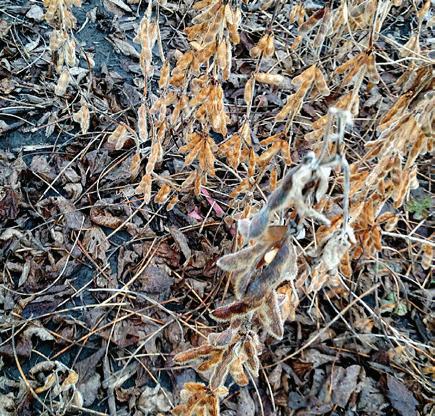



As the planet evolves, so does our approach to nourishing it. Constant population growth presents a unique challenge, but at Cargill, we’ve been addressing the issue from every angle. We’re forever in pursuit of new solutions, developing the innovations that help us feed the planet while conserving its resources.
Learn more by visiting cargill.com/foodsecureworld


The national soy checkoff was created as part of the 1990 Farm Bill. The federal legislation that created the soy checkoff requires that all soybean farmers pay into the soy checkoff at the first point of purchase. These funds are then used for promotion, research and education at both the state and national level.
Half goes to the Ohio Soybean Council for investment* in areas that are a priority for Ohio soybean farmers.
½ of 1% of the total selling price.
Collected per federal legislation.
Half goes to the national checkoff for investment in USB’s long-range strategic plan.



From the first sale of U.S. soy to China to the release of the first soybean oil-based tire, the soy checkoff has been behind the scenes, growing new opportunities and customers for the soybeans you produce. We’re looking inside the bean, beyond the bushel and around the world to keep preference for U.S. soy strong. And for U.S. soybean farmers like you, the impact is invaluable.
See more ways the soy checkoff brings value to farmers at unitedsoybean.org

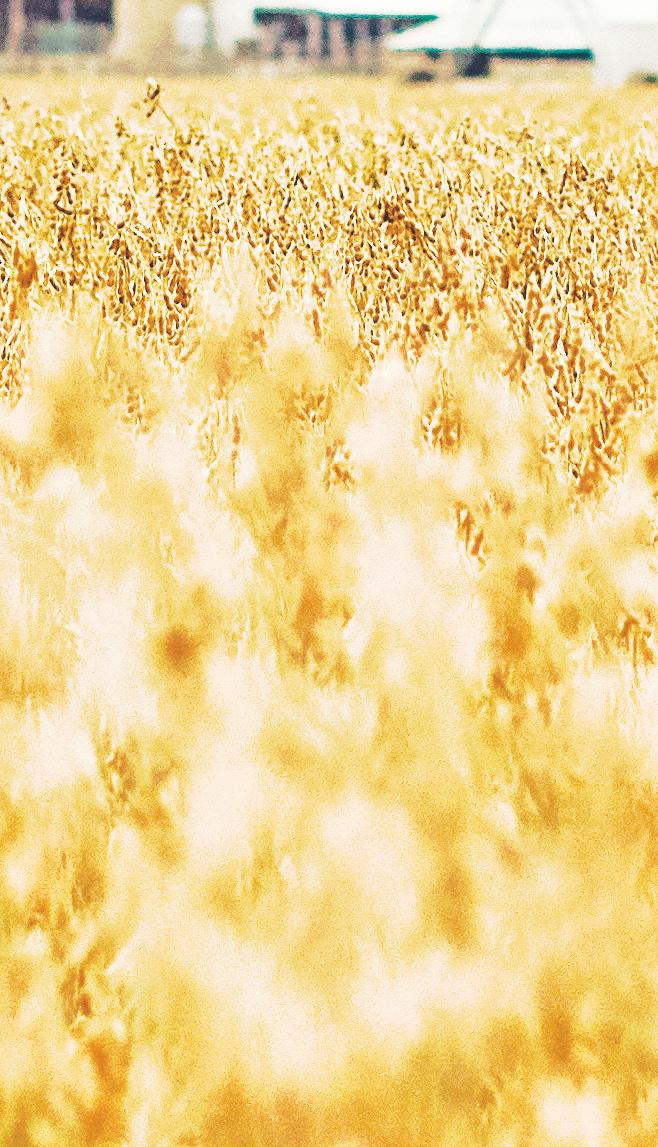



The Ohio State Fair finished its 2018 season with over 908,000 estimated visitors, and the Ohio Soybean Council (OSC) and soybean checkoff were there to see it all. For 12 days, OSC hosted a booth in the Nationwide Donahey Ag & Hort building. There, visitors could run the famous pig race; learn about soil compaction, biodiesel, and biotechnology; or take photos in a farm-themed photo booth. The display was also featured as part of the Ohio Department of Agriculture’s Ag Is Cool program, which helps students who are not involved with farming learn about the ways Ohio agriculture impacts their daily lives.
Once again, OSC sponsored the Rabbit and Poultry Pavilion, the O’Neill Building and the Voinovich Livestock Center. On August 4, otherwise known as Soybean Day, farmer leaders met at the Cardinal Gate to greet thousands of fairgoers with reusable grocery bags, soy bioproduct samples and information about soybeans and how Ohio soybean farmers are working to protect the environment and grow food for the world. u

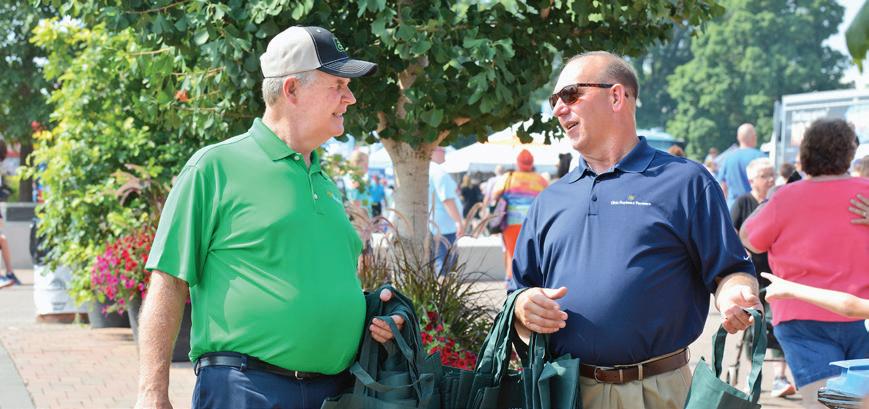
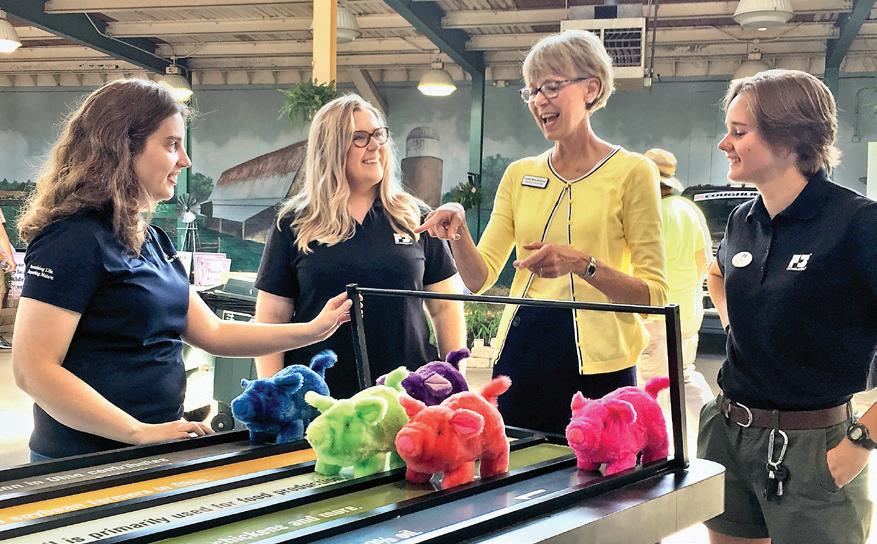

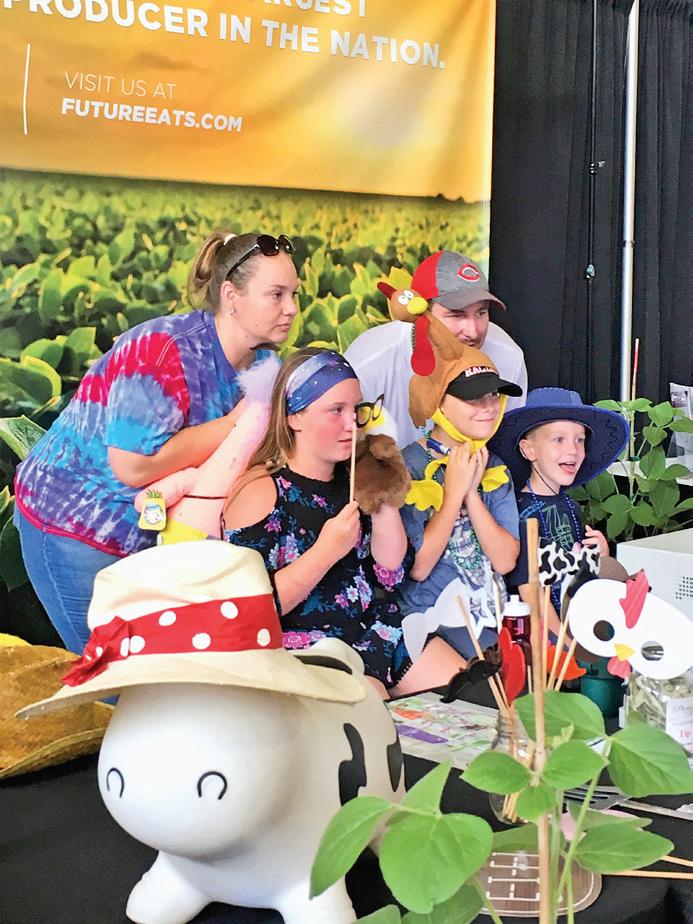





CUSTOMERS PREFER U.S. SOY BECAUSE IT’S SUSTAINABLE.
But as demands for sustainability continue rising, meeting those demands remains a journey of continuous improvement. Which sustainable practices do you do now? Which ones could you adopt to improve your sustainable footprint? Show your commitment to sustainability with a free truck magnet available at unitedsoybean.org/sustainability




















By Julia Brown
Two of the tenets of the Ohio Soybean Council’s (OSC) strategic plan are driving innovation and expanding markets. Through its partnership with Polynt-Reichhold, OSC is doing just that. The collaboration between Polynt-Reichhold — a global supplier of resin polymers for paints and coatings — and the Ohio Soybean Council started in May 2015 when Polynt-Reichhold received funding for the development of an improved stain-blocking resin for restoration and tannin applications.
This year, with additional support from the Ohio soybean checkoff, Polynt-Reichhold was able to develop a new water-borne soybean oil-modified urethane for wood flooring applications. The resin, otherwise known as UROTUF® F108-T8W-45 was successfully introduced at the 2018 American Coatings Show in April. Currently, the resin is being evaluated by numerous Polynt-Reichhold customers that plan to develop it into a varnish for wood floor coatings. First end-user sales of the product are expected later this year.
“With the support and grants provided by the Ohio Soybean Council, companies like Polynt-Reichhold have been able to accelerate their research and development efforts by dedicating additional resources to these types of projects — from product development to application testing and finally to product promotion,” said Scott Cooley, Coatings R&D Manager at Polynt-Reichhold.
In the past, solvent-borne products have dominated the wood floor coating industry. “Solvent-borne oil modified urethanes are the dominant product used in the wood flooring market, but there is a market need for better waterborne oil modified urethanes,” Cooley explained. “The existing oil modified water-borne urethane products are low
solids and thus require multiple coats, which in turn increases the amount of time needed by contractors to achieve the desired finished film thickness.”
The new soybean oil modified resin is high solids, allowing consumers to finish their flooring projects faster. It is also self-crosslinking, which allows the finished product to be harder and more resistant to scuffs and mars.
The new resin is also considered low VOC. VOCs, or volatile organic compounds, are gases that can be emitted
VOC coatings that contain lower levels of solvent will continue to displace sales of higher VOC solvent-borne products.”
The resin is also NMP-free. NMP, also known as N-Methylpyrrolidone, is a solvent that has been linked to developmental hazards. UROTUF® F108-T8W-45 is the first high solids, low VOC, NMP-free water-borne oil modified urethane to be introduced in the market.
While soybean oil has been used for about 50 years in conventional
from certain liquids, like urethane coatings. VOCs can be harmful to health, with symptoms like eye and respiratory tract irritation, headaches, dizziness, visual disorders and memory impairment occurring after VOC exposure. To combat this, government regulations are requiring lower and lower VOC levels. Conventional solvent-borne oilmodified urethanes have a VOC content over 450 g/L. The new resin developed by Polynt-Reichhold has a VOC content of just 95 g/L, making it much safer for consumers and flooring specialists.
“The market continues to grow as environmental regulations force coatings to be more environmentally friendly without a sacrifice in performance,” Cooley said. “As a result, sales of low
Polynt-Reichhold is one of the world's largest suppliers of unsaturated polyester resins for composites and a leading supplier of coating resins for a wide variety of markets and applications based in Durham, North Carolina.
oil modified urethanes, competitive polyurethane dispersions and acrylics in this market do not contain soybean oil. “We firmly believe that UROTUF® F108-T8W-45 has superior performance to alternate approaches and should maintain soybean oils’ status as a viable and preferred raw material source for this type of product for years to come,” Cooley said. u


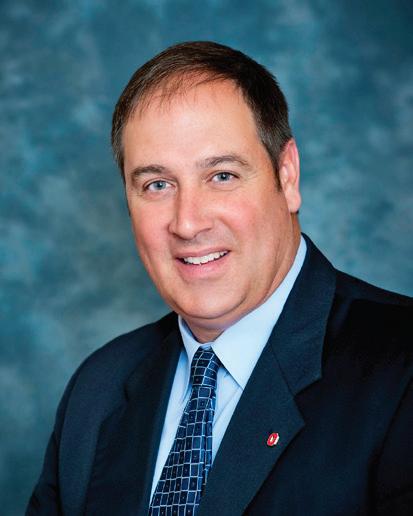
Q: How did you first get involved with the Ohio Soybean Council (OSC)?
A: I’m fortunate enough to have served in the State House as a Representative years ago and it was there that I first learned about the wide variety of OSC research projects. I was impressed by the number of private companies and university researchers they were collaborating with, including the Ohio Bioproduct Innovation Center at The Ohio State University. Developing new products from soybeans is something I’ve always supported.
Q: What have you gained/learned from being on the OSC Board of Trustees?
A: I have gained a tremendous appreciation for the diversity of the soybean as a food, feed, fuel and feedstock for bio-based products. I was also extremely pleased to see firsthand how well all the grain and livestock commodity groups in Ohio work together on common issues such as animal welfare and nutrient management.
Q: What are you doing on your farm to promote sustainability?
A: We simply try to do things because it is the right or correct thing to do. We’re currently using grass waterways and smaller buffers on our streams, as well as experimenting with wider harvestable buffers of orchard grass and alfalfa. My farm
How easy-to-use is the Intellislope Tile Plow Control System? Is the Raven Accuflow Vortex worth the price? Can the Weedseeker Automatic Spot Spray System accurately identify and target weeds? The answers to all these questions can be found on Precision Ag Reviews, Ohio Soybean Council’s website for farmers making important precision ag equipment decisions, created with funding from Ohio’s soybean checkoff program.
Precision Ag Reviews is a one-stopshop for farmers to get reviews, seek expert advice and keep an eye out for cutting edge precision ag technology. Popular products are pre-populated on the website, but users can add products that aren’t listed. Farmers can leave
reviews without registering for the site, making the process quick and simple. Registration is required, however, to participate in forum discussions. The site allows users to rank products based on cost, ease of use, technical support, customer service and overall value. Farmers can also leave a short response about their perceived return on investment.
The site is monitored to prevent vendors from boosting their own products, meaning reviews are coming directly from other farmers. Farmers can research new products without the pressure of salespeople or a dealership. Information shared on the site is never distributed to third-parties.
With the increasing digitalization of farming, OSC hopes Precision Ag
is predominately minimum till and no-till and 100 percent grid sampled. In the long-term, we firmly believe that environmental practices will pay off financially.
Q: What might a farmer be surprised to learn about the checkoff?
A: I think a lot of farmers would be surprised by how diverse our research program is at OSC. We are focused on yield and production, but also nutrient use and runoff reduction, insect control, weed management, biodiesel, plastics, adhesives, coatings, and much more.
Q: What might someone be surprised to learn about you?
A: I proposed to my wife on the sky ride at the Ohio State Fair during the fireworks. She said yes! u

Reviews will become farmers’ number one source for information before buying precision ag equipment. After all, who better to help farmers than other farmers?
Check out the site at www. precisionagreviews.com. For questions concerning PAR, please contact Barry McGraw, Ohio Soybean Council project lead, at bmcgraw@soyohio.org. u


By Kayla Weaver
With farmers in Ohio under increased scrutiny for nutrient run-off, soil tests can help growers make decisions about which nutrients should be applied for a viable crop in the upcoming season. Soil testing also gives farmers another layer of data that lends itself to improving production practices and overall farm management. While there are several methods to test soil, the end goal is the same — to obtain high quality data that offers an accurate look at soil health and available nutrient levels.
With most farms being on a two-crop rotation, Luke Baker, president and CEO of Brookside Laboratories, Inc. in New Bremen, Ohio, recommends soil testing every other year. No matter the years in between, Baker notes that consistency is key. Samples should be pulled in the same month every time. There is chemistry happening in the soil that can make samples from different seasons hard to compare.
we use the zones because they can morph and adjust as you’re constantly layering and compiling data on top of it. It’s not perfect, nothing is, but we like them better than grids because you’re not locked into a square — mother nature doesn’t work in perfect squares.”
Each defined area should have 10-15 probes at a 0 - 6-inch depth depending on farming practices. The tri-state fertilizer recommendations are cur-
concern. Sulfur is starting to make a resurgence after it declined since the Clean Air Act of 1990. Manganese deficiency is also a concern for lowlying areas, but it depends a lot on weather conditions.
A high-yielding crop year can make a difference for micro-nutrients as well, leading to a need for foliar feed during the growing season.
“Something we stress with fertilizer applications, especially with phosphorous, is getting it tilled into the soil — deep band it or use some vertical tillage to get it mixed in. Phosphorous needs to come in contact with the soil, once it makes contact it doesn’t move much unless there is a huge run-off event. Potassium and nitrogen will leach into the soil with rain, but phosphorous is different,” said Baker.
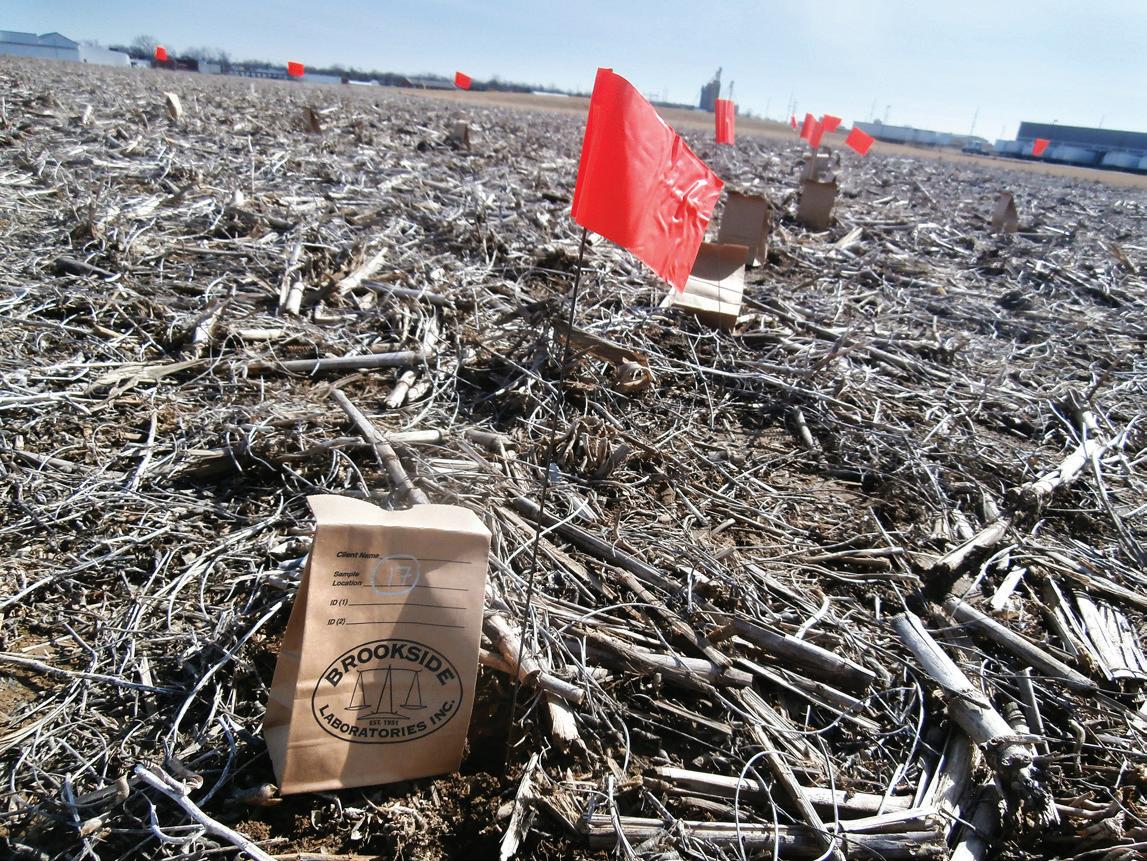
Grid sampling and zone sampling are the two most popular sampling options. Grid is a good place to start if the field data is a blank slate. However, to get the best accuracy, it needs to be done in quarter-to-half acre grids with costs adding up quickly. The other method is selecting zones based on factors such as soil type, elevation or soil drainage, yield data collected in prior years and other characteristics. While zones may not cover every area of the field equally, they provide more flexibility to add or split zones according to known data and can be a more affordable option.
Baker prefers the zone method. “There is a lot of debate out there, but
rently based on six-inch samples; however, revised recommendations are in the works and they may address depth as well. “You need to be consistent with your depth, especially because you’re trying to trend over time. Stay consistent with date, depth and zones if you want to go back and compare across time. Bad samples in means bad data out — you have to be careful,” said Baker.
It’s extremely important to label and track your samples for soil testing to ensure your data is matching up to the correct areas.
In addition to soil testing, tissue testing has become more popular to get a baseline of nutrient uptake at different growth stages and detect deficiencies early when there may be a chance for a rescue treatment. It also helps evaluate application rates and adjust for your specific soil and field conditions.
“Tissue testing shows how the plant is performing relative to the nutrient levels you have in the soil. It will help prove some of the things you do with your soil test.”
Phosphorous is currently the biggest factor in the water quality discussion, but other nutrients are becoming a
While soil testing can be an up-front investment, the data and knowledge collected can prove invaluable over time by saving farmers time and money while maximizing yield potential. u
